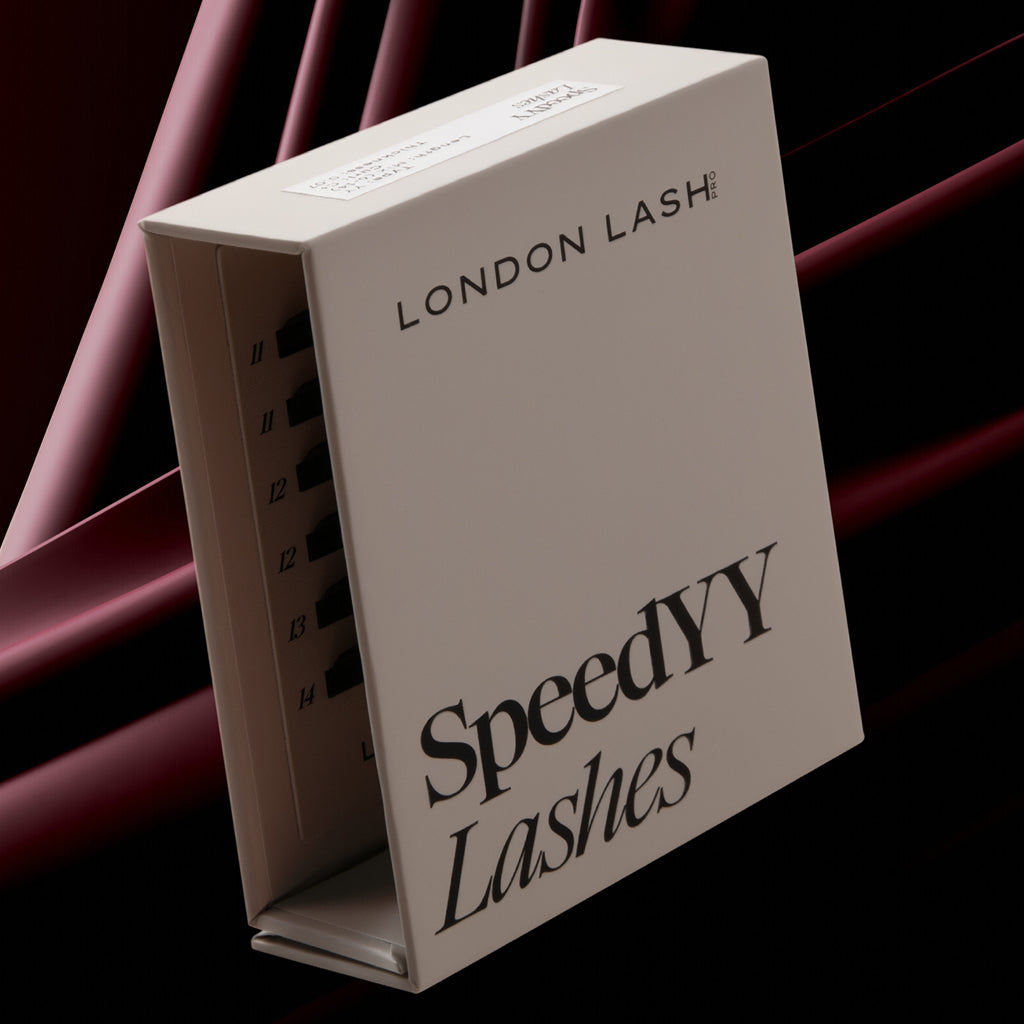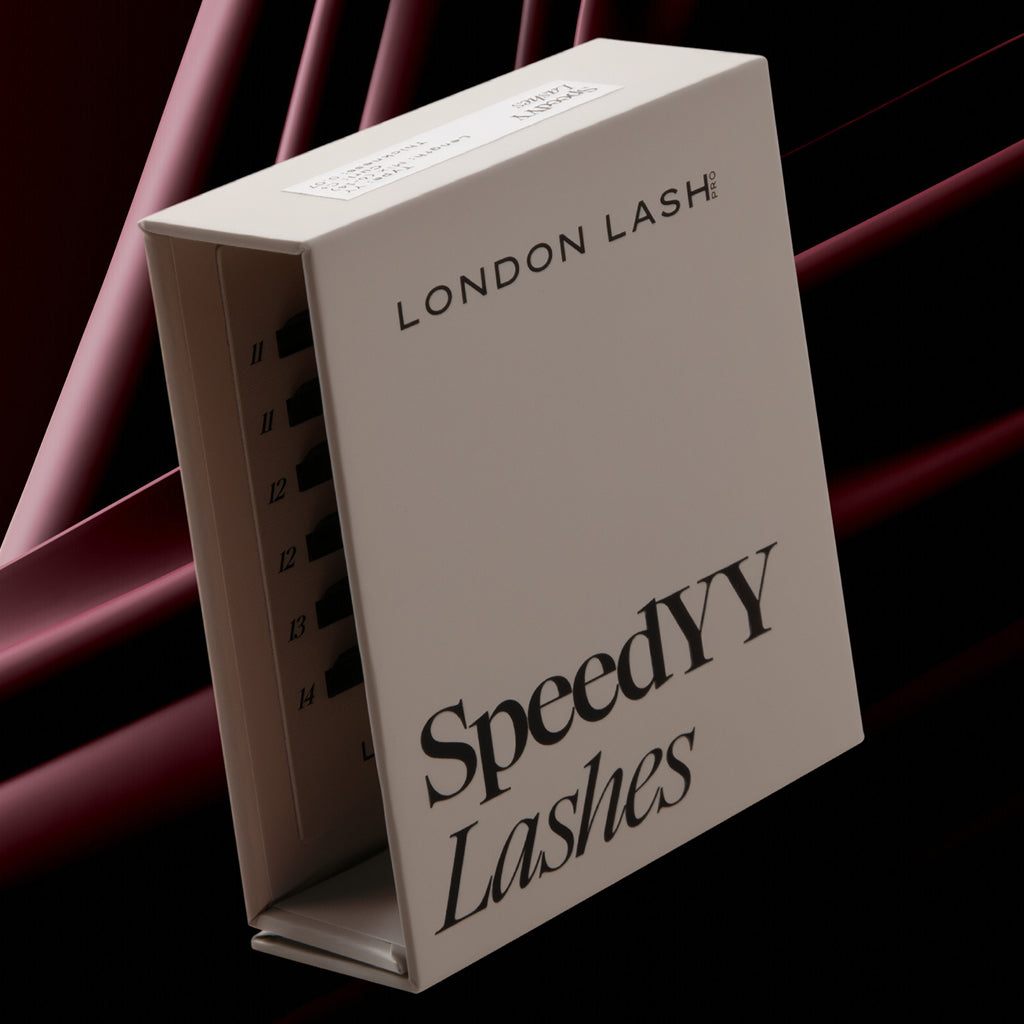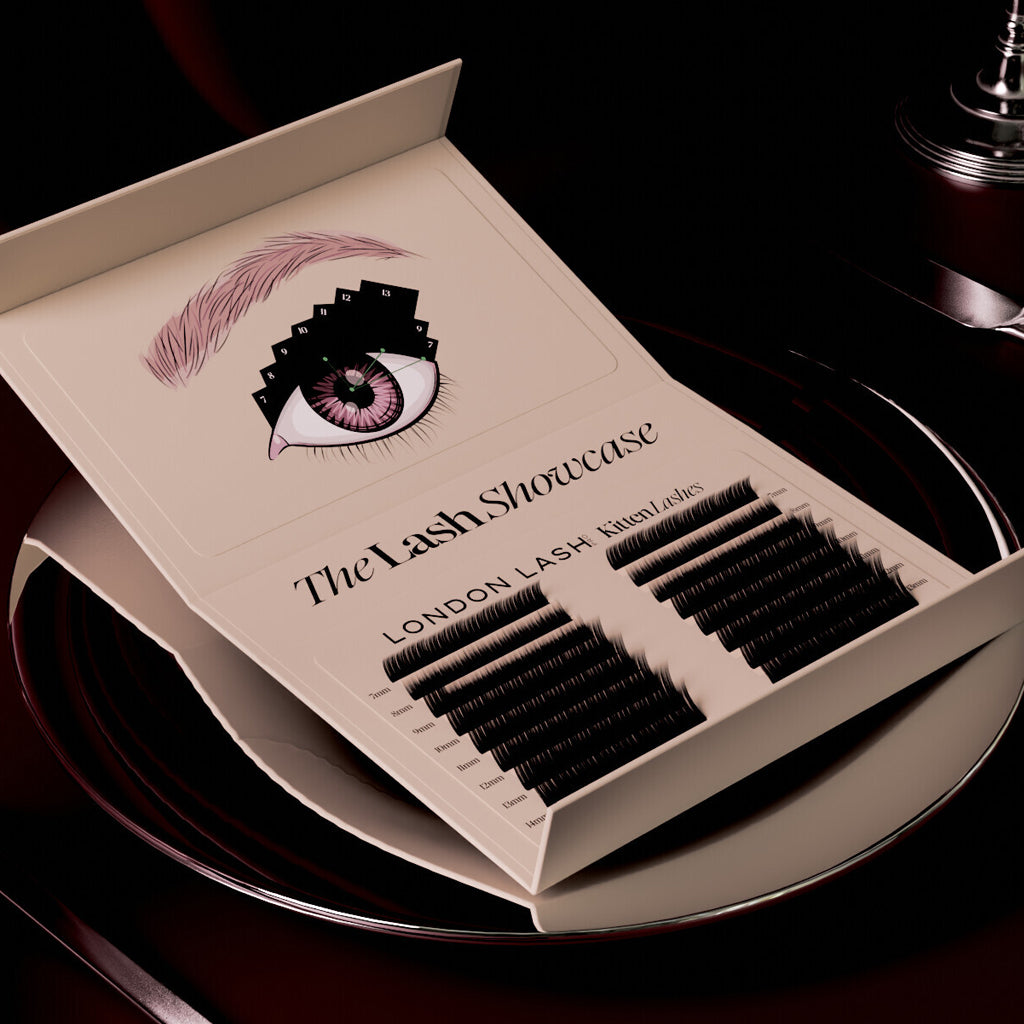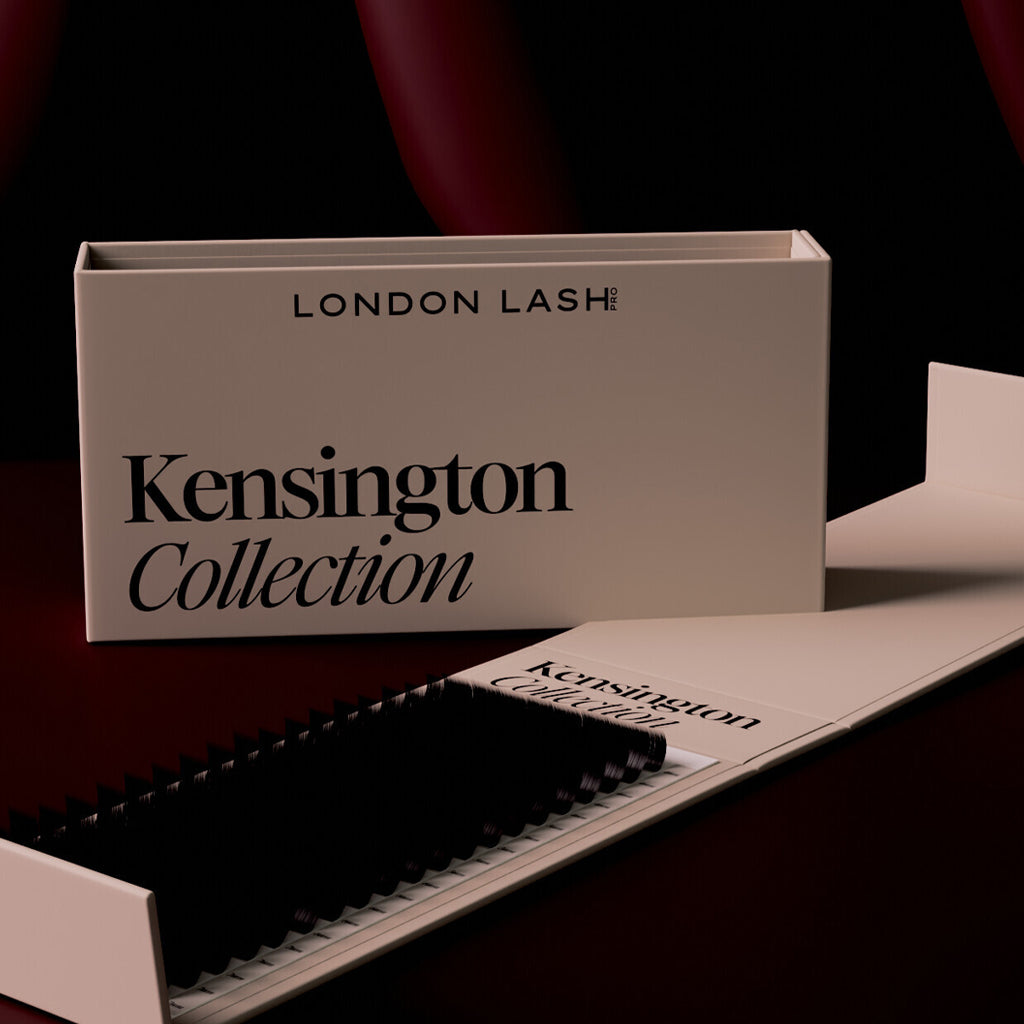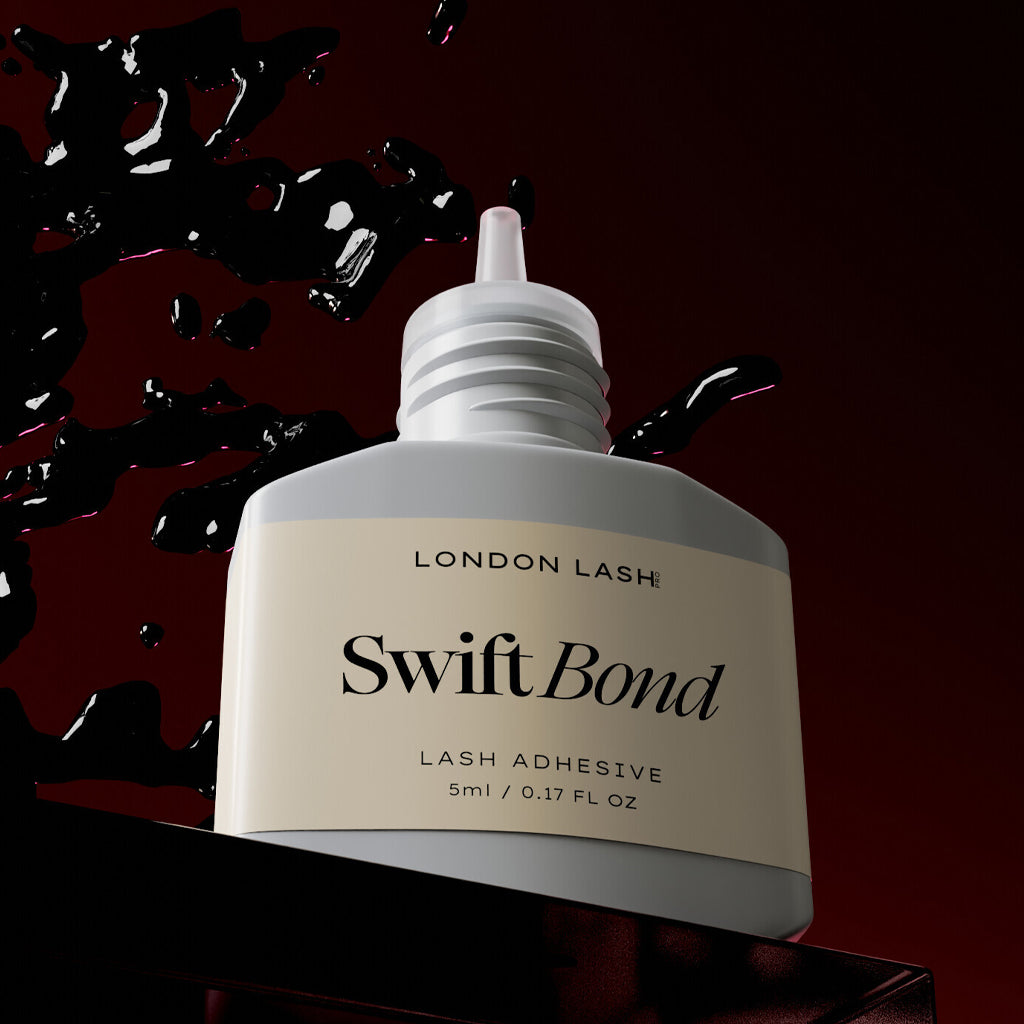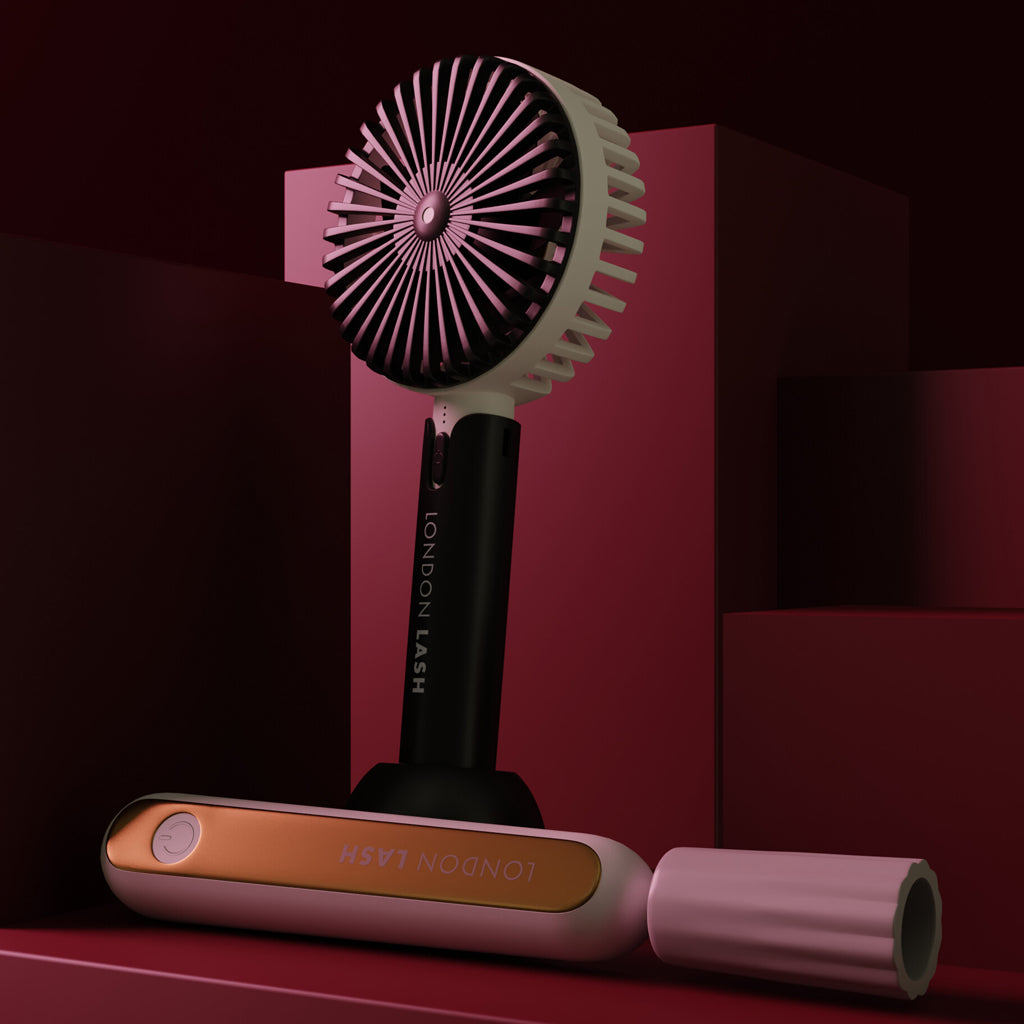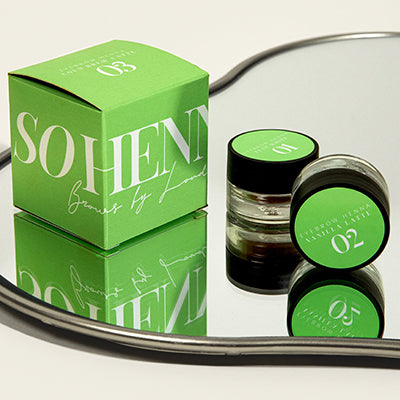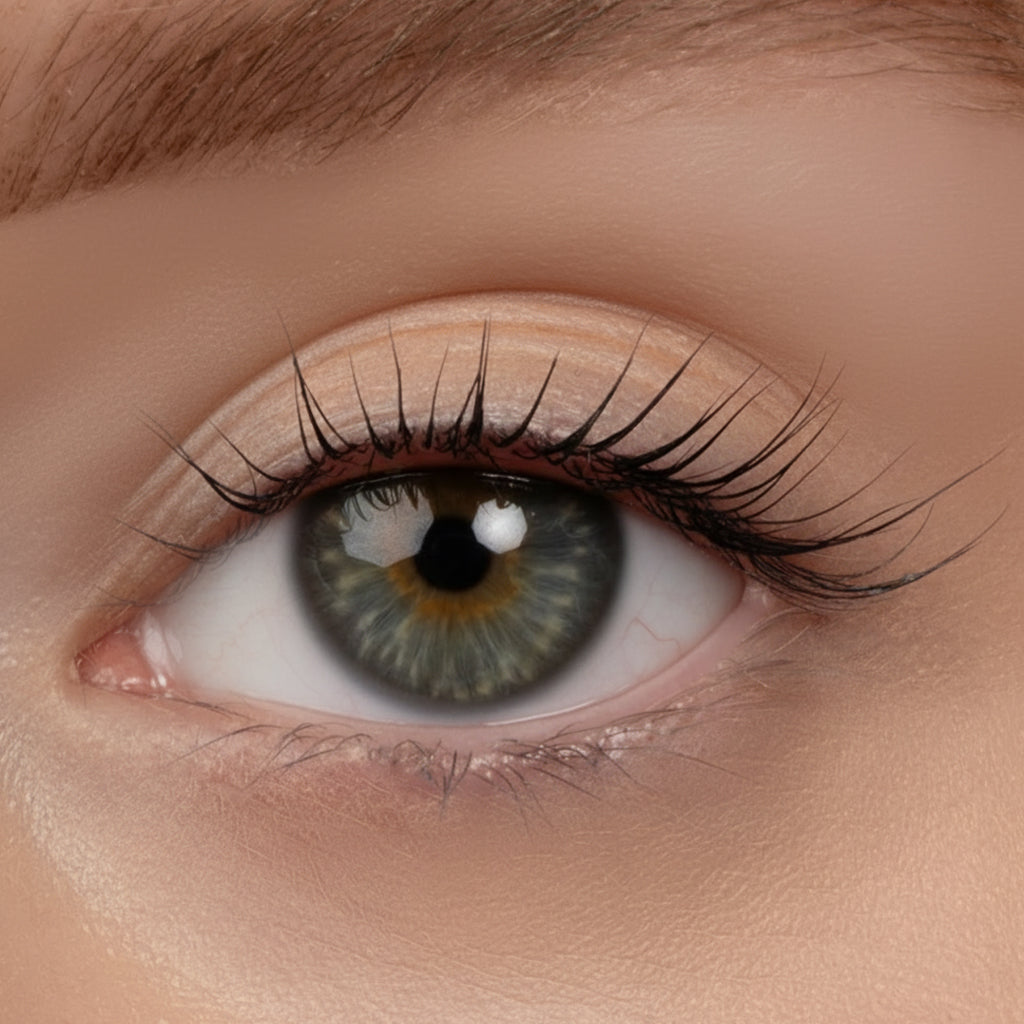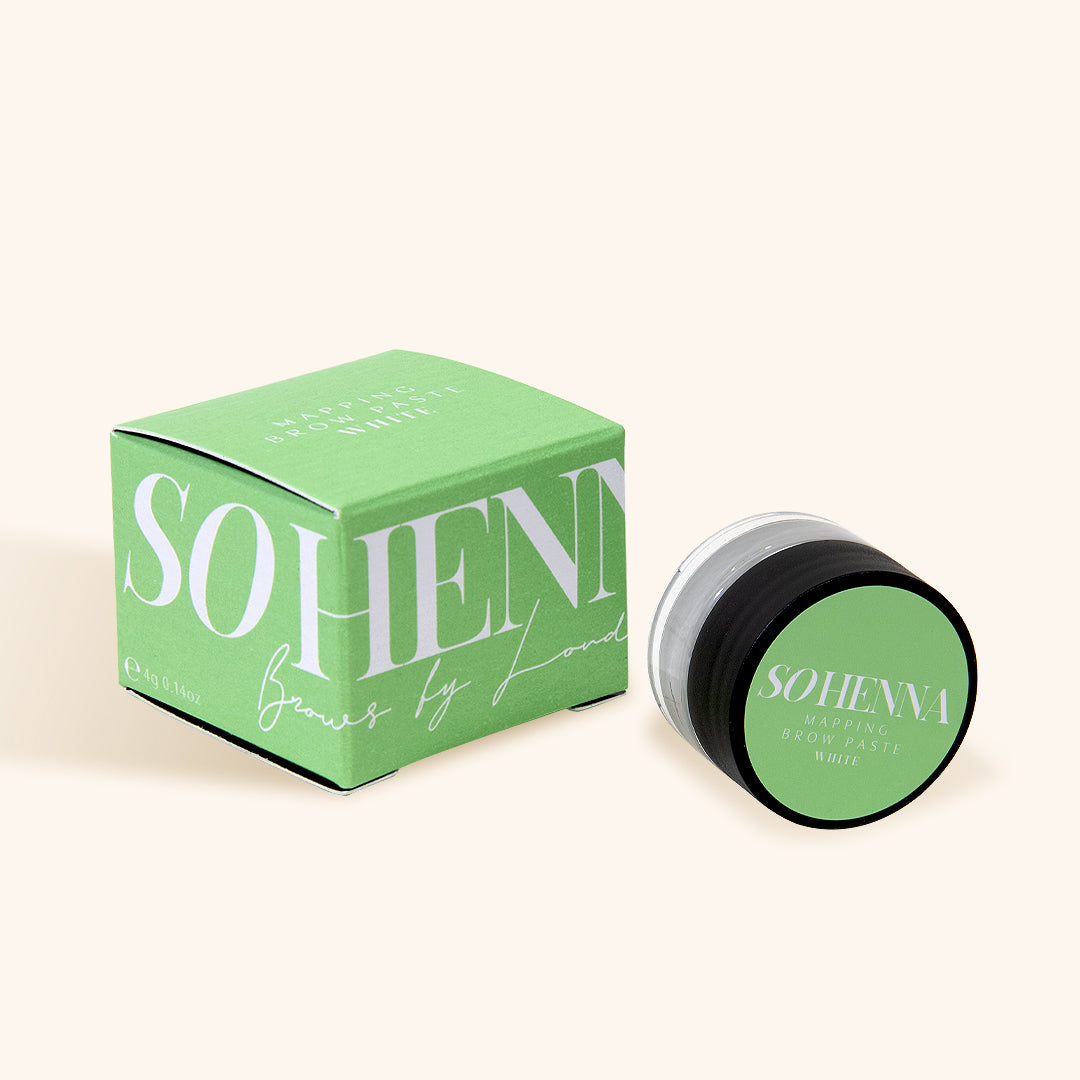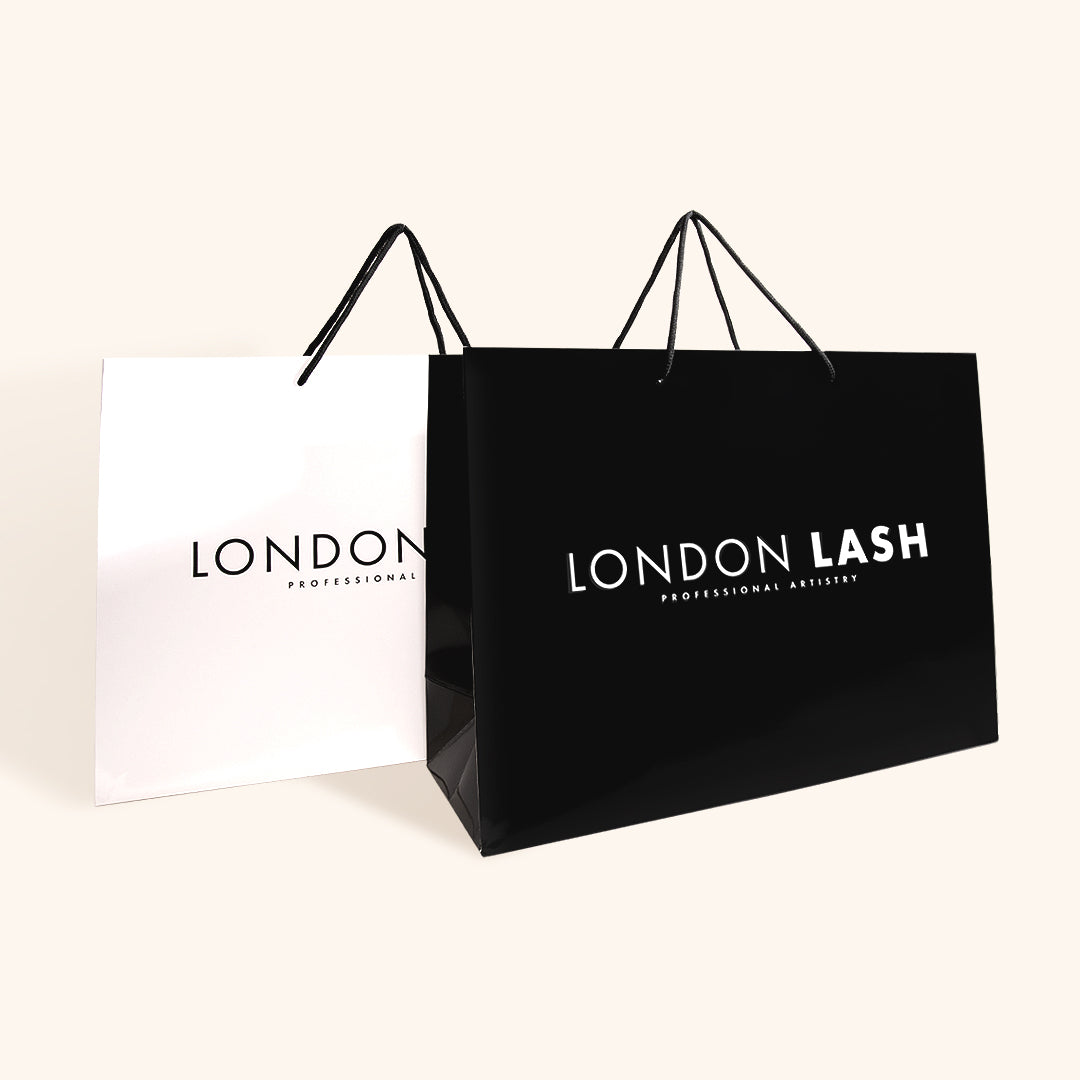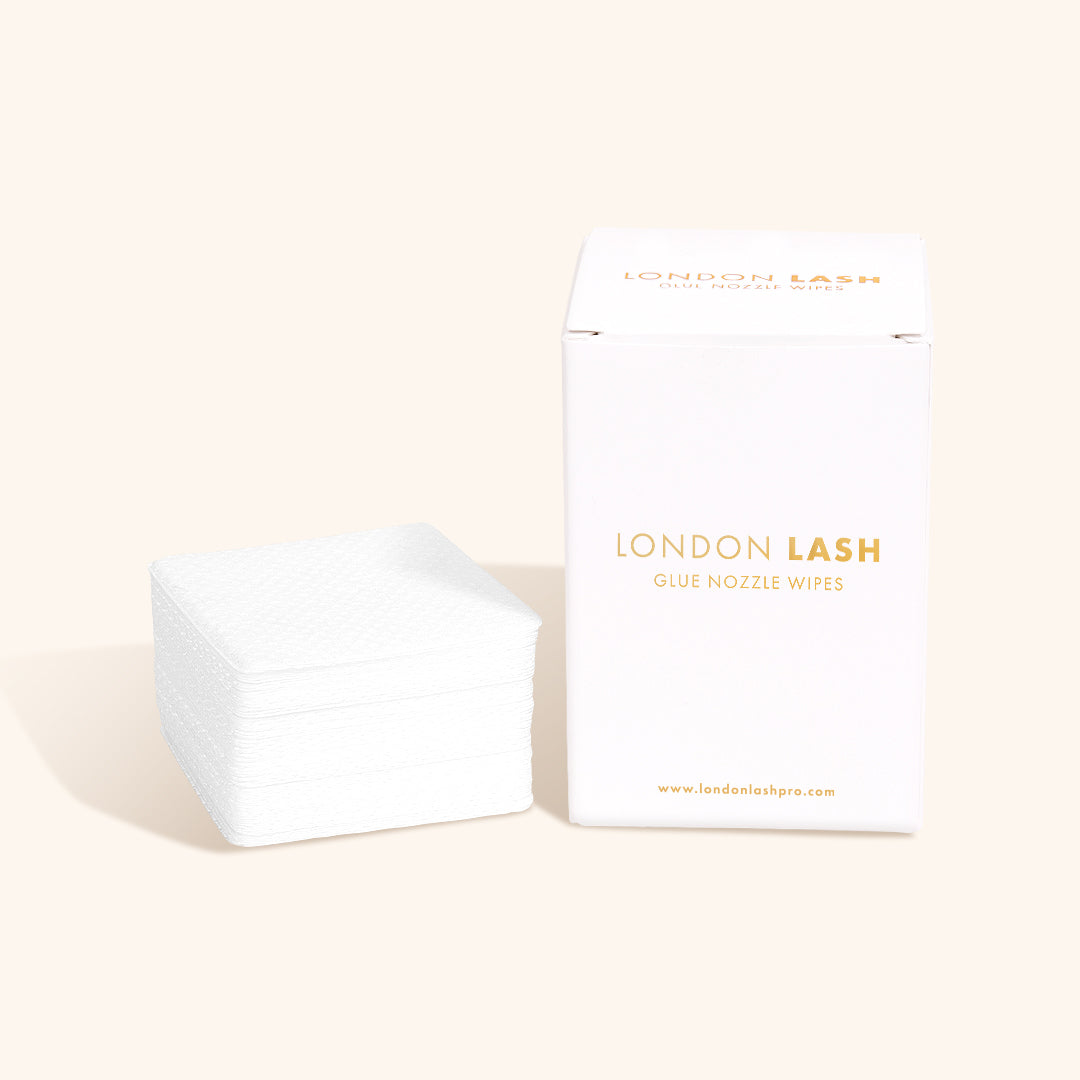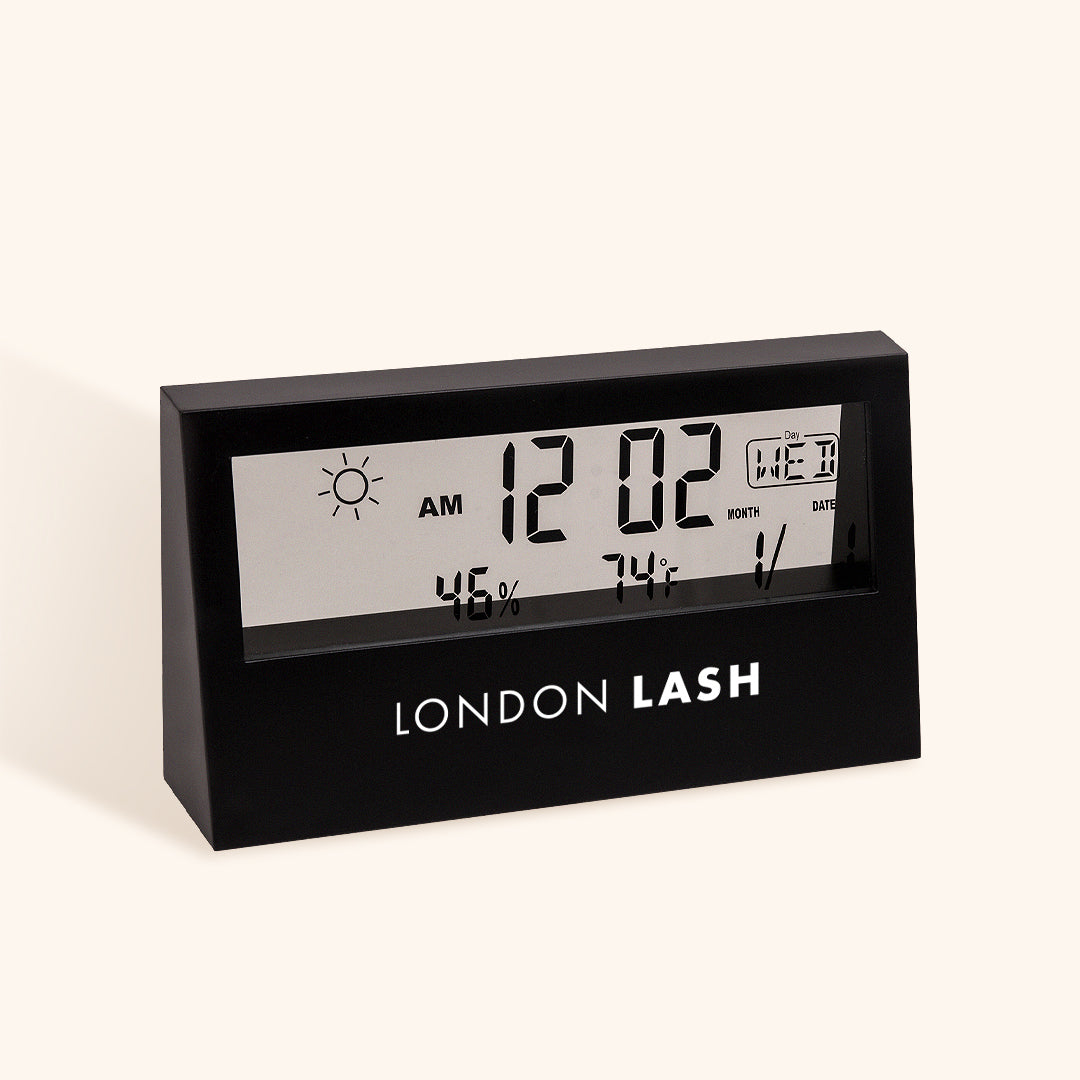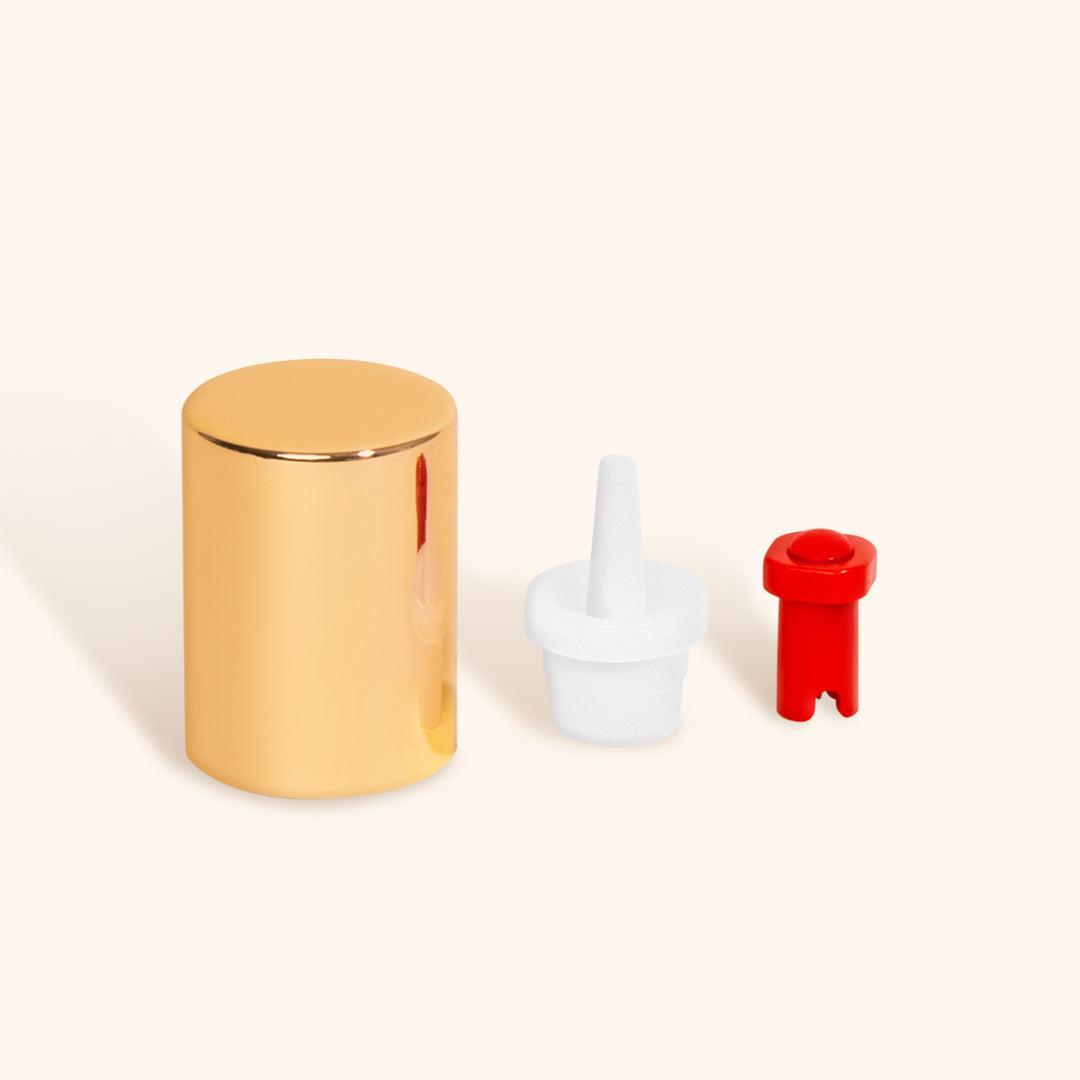Glues & Liquids
Eyelash Extensions
ACCESSORIES
So Henna
EYEBROWS
ONLINE TRAINING
Save up to 70% Off
Understanding Your Lash Glue
April 14, 2021 3 min read

Don't Blame The Lash Glue
We've all been there - and let's face it, we rush to blame a product before we look at our own techniques and what we might be doing wrong. It may be controversial to say, but checking if you meet all the criterial that the product requires is paramount, otherwise blaming the product when it does not perform will not fix the issue.
Choosing The Correct Lash Glue
When purchasing Lash Adhesive, a lot of people want the 'strongest' glue, but that does not mean it is the best one for your level of experience. Strong lash glues generally mean that the drying time is faster, and here may be where the trouble lies. When placing Premade Fans or Individual Lashes using lash glue with a drying time of 0.5-1 seconds such as Power Bond, but it usually takes you 2-3 seconds, then this glue will not work for you. For beginners lash technicians, we will always suggest using a glue that dries slower such as Satin Bond. Do not worry, it still does its job perfectly well, it will just suit you and your level of experience much better. No one glue is the 'strongest' or the perfect glue, in fact, the one which works best WITH your level of experience will be the best lash glue for you at that time.

Salon Conditions
We've all heard of the stories when the eyelash glue is working perfectly well before it suddenly 'does not'. This is not necessarily the product's fault, it simply means that something has changed in the work space.
Heat and humidity play a huge role in the way a glue will behave. Each glue behaves different in different temperatures and humidity. You can take a look at our Glue Chart to discover the optimum conditions for each and every glue. Furthermore, to monitor the conditions of your work space it is a brilliant idea to invest in a Hygrometer which will monitor your station's temperature and humidity levels.
Storage
If your glue does become 'gloopy' and the nozzle gets stuck, then it may be because the glue has not been stored correctly. After every single use the glue nozzle should be cleaned using Glue Nozzle Wipes to keep the glue from curing as it comes into contact with the air. Using our Rescue Kit you can simply get rid of all cured glue around your glue nozzle. But, to avoid all of this, keeping your glue in a dry air tight container (stored upright) should completely save your glue from any mishaps.
After taking out your glue from its air tight container, it is always advised to shake the glue before using it to make sure all of the ingredients are perfectly mixed. Using a Glue Shaker will speed up the process and save your wrists from prolonged glue shaking.

Using The Glue
Some lash glues are thinner in consistency than others so you will need to pick up more of it on the lash extension than if you're working with a more 'viscous' thick glue. Working with glues over time will help you understand consistency and the amount necessary to use during lash treatments.

Conclusion
Understanding your glue is just as important as understanding every other step of a lash extensions procedure. Your relationship with your lash adhesive has to be 'for better or for worse' if you want to develop as a lash artist. Knowledge about glue will take you far and will help you develop your time keeping and speed as the glue waits for no one.
Check out these featured products
Subscribe
Sign up to get the latest on sales, new releases and more …



